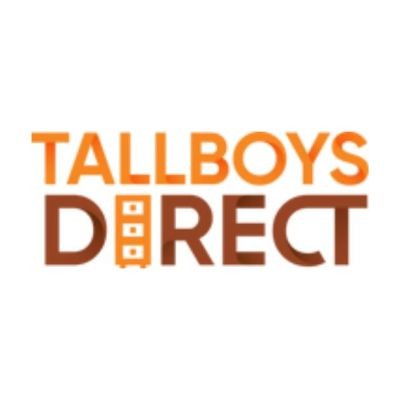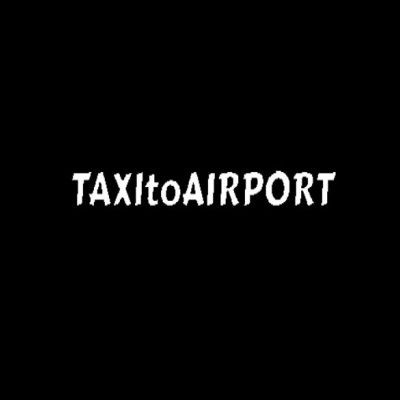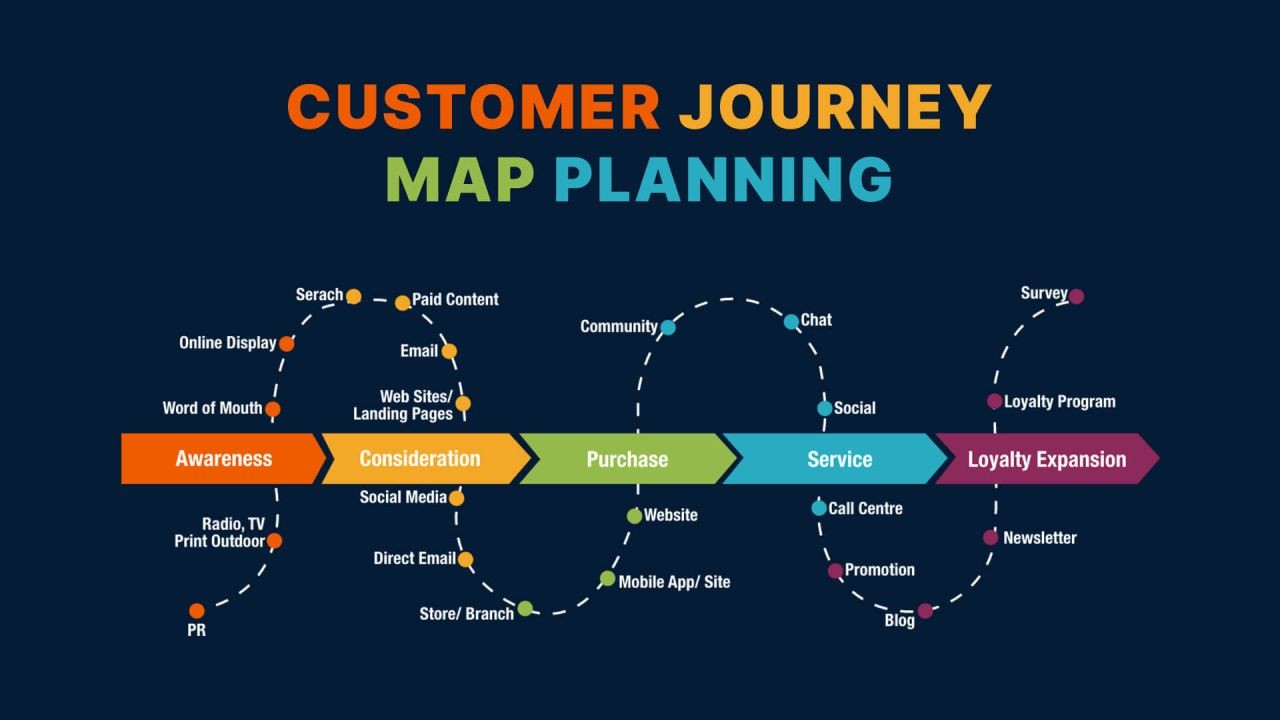In recent years, New Zealand has witnessed a growing divide in income distribution, a trend that has not only economic but also social ramifications. This growing income inequality has sparked a debate about its impact on the education system, particularly the divergence between private and public schools. As financial advisors, understanding these dynamics is crucial for advising clients who are parents, educators, or stakeholders in the education sector. The implications of these changes extend to investment opportunities, philanthropic efforts, and community engagement.
The Landscape of Income Inequality in New Zealand
Income inequality in New Zealand has been growing steadily over the past decades. According to Stats NZ, the Gini coefficient, a measure of income inequality, has shown an upward trend, indicating a widening gap between the rich and the poor. This trend is partly attributed to global economic shifts, technological advancements, and domestic policy changes. Financial advisors need to consider how these macroeconomic factors influence clients' financial planning, especially in education investments.
The Impact on Public Schools
Public schools in New Zealand are primarily funded by the government, with additional support coming from community fundraising and donations. As income inequality grows, the disparity in fundraising capabilities between affluent and less affluent communities becomes more pronounced. This can lead to differences in resources, extracurricular activities, and overall educational quality between schools. For parents and investors, this means the potential for increased variability in educational outcomes based on geographic and socio-economic factors.
The Rise of Private Schools
Private schools, which are funded through tuition fees and private donations, are often perceived as offering superior educational opportunities. As the gap between public and private school offerings widens, more affluent families may opt for private education, further entrenching socio-economic divisions. From a financial advisor's perspective, this trend suggests an increasing demand for financial products and strategies that accommodate education savings plans, such as KiwiSaver and other investment vehicles tailored for education funding.
Case Study: The Competitive Edge of Private Schools
Consider the case of St. Cuthbert's College in Auckland, a private school renowned for its academic excellence and extensive extracurricular programs. The school has consistently leveraged its resources to attract top-tier educators and offer diverse learning experiences. This has resulted in high student achievement rates and a robust alumni network. For financial advisors, such institutions present opportunities for investment in education-related funds and philanthropic ventures that support educational excellence.
Pros vs. Cons of Private Education
Private schools offer several advantages, including smaller class sizes, specialized programs, and enhanced facilities. However, they also come with higher costs, which may not be feasible for all families. For financial advisors, the challenge lies in balancing these costs with long-term educational benefits and financial goals.
Government Policies and Their Implications
The New Zealand government has implemented various policies aimed at reducing educational disparities, such as the decile funding system, which allocates more resources to schools in low-income areas. However, critics argue that these measures have not fully addressed the root causes of inequality. Financial advisors should stay informed about policy changes and their potential impact on education funding and investments.
Expert Insights: The Future of Education in New Zealand
Leading education experts predict that technology will play a pivotal role in bridging the gap between private and public schools. Innovations such as online learning platforms and digital resources can democratize access to quality education. Financial advisors should consider advising clients on investing in tech-driven education solutions as part of a diversified portfolio.
Common Myths About Income Inequality and Education
- Myth: "Private schools are always better than public schools." Reality: The quality of education depends on various factors, including teaching quality and school management, not just funding.
- Myth: "Public schools cannot compete with private schools." Reality: Some public schools outperform private counterparts due to strong community support and innovative programs.
Biggest Mistakes to Avoid in Education Planning
- Ignoring the impact of income inequality on educational opportunities. Solution: Regularly review school performance reports and community demographics.
- Overlooking government funding opportunities for education. Solution: Stay updated with Ministry of Education announcements and funding programs.
Future Trends and Predictions
By 2030, experts predict that New Zealand's education system will increasingly rely on digital platforms to enhance learning outcomes. This shift presents opportunities for investment in edtech companies and initiatives that support digital literacy. Financial advisors should guide clients in exploring these emerging markets to capitalize on future trends.
Final Takeaways
- Income inequality significantly impacts educational opportunities, influencing public vs. private school dynamics.
- Private schools may offer advantages, but they also come with higher costs.
- Government policies and technological advancements play crucial roles in addressing educational disparities.
- Financial advisors should consider education as a key component of clients' financial planning strategies.
Conclusion
As income inequality continues to shape New Zealand's education landscape, financial advisors have a critical role in helping clients navigate these changes. By staying informed about policy developments, leveraging technological advancements, and exploring diverse investment opportunities, advisors can support clients in achieving their educational and financial goals. What strategies will you implement to address these challenges? Share your thoughts and join the conversation!
Related Search Queries
- New Zealand income inequality and education
- Public vs. private schools in NZ
- Impact of income inequality on education
- New Zealand education system trends
- Financial planning for education in NZ






























thaliafinnegan
6 months ago